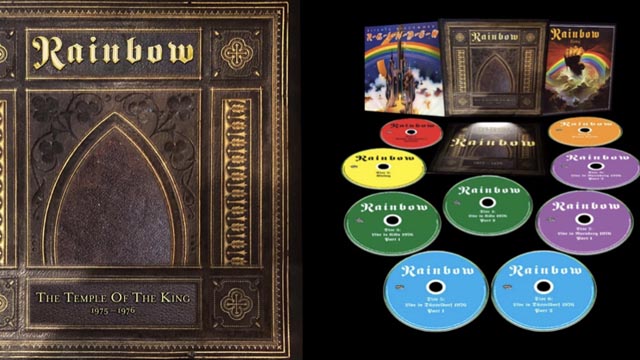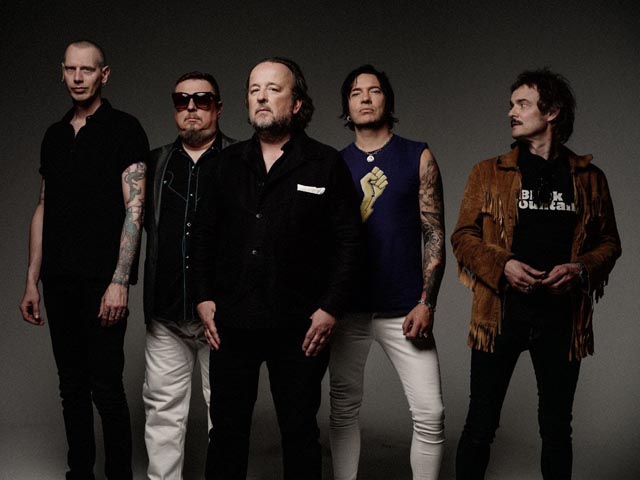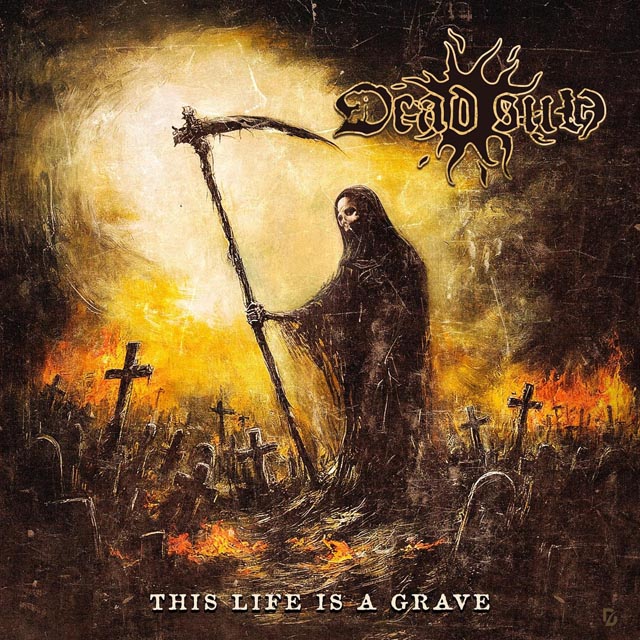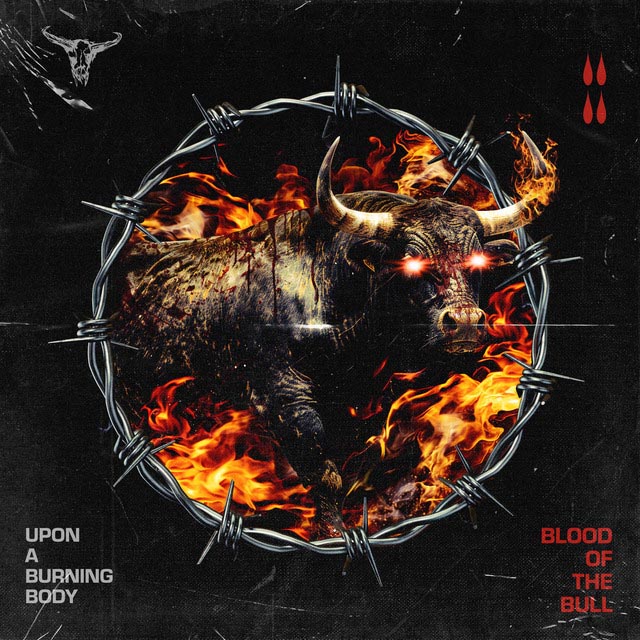[youtube]http://www.youtube.com/watch?v=OYrBqO45PTk[/youtube]
As you’ve probably heard by now, Jim Marshall, founder of Marshall Amplifiers, died earlier today. The Marshall amp is synonymous with rock and roll, and while Marshall led a long and fulfilling life, the same can’t be said for Layne Staley, Kurt Cobain and former KISS guitarist Mark St. John, all of whom died on April 5.
Perhaps the saddest of these passings was Layne Staley, the vocalist of Alice In Chains and Mad Season. Today marks the 10th anniversary of his death, which was caused by an overdose of heroin and cocaine. While he died in 2002, he hadn’t recorded with Alice In Chains since 1995, when their self-titled third full-length was released. The band’s legacy, three albums and two EPs recorded in five years, was a big part of the Seattle grunge sound, bridging the gap between the hair metal sound of the late ’80s and alternative, which would go on to define the rest of the decade. Layne’s melodic, yet powerful voice (along with guitarist Jerry Cantrell’s unmistakable fifth note harmonies) gave the band an identity. The band’s signature album is 1992’s Dirt, with songs like “Sickman,” “Junkman,” and “Down in a Hole,” chronicling drug addiction, not to mention the title track, which is a synonym for heroin. It’s a heartbreaking but beautiful album to listen to. After 1995’s self-titled album, the band recorded an MTV Unplugged album the following year, and Staley made his last appearance with the band on July 3, 1996. Little is known about the last five years of his life, as he mainly stayed in his condo in Seattle, doing drugs, and when his body was found, the 6’1 singer reportedly weighed only 86 pounds.
Enough has been said about Cobain by more mainstream publications. If Alice In Chains were part of the grunge explosion, Nirvana WAS the grunge explosion. When Kurt Cobain took his life on April 5, 1994, he too had struggled with heroin addiction. But aside from that, he was fully unprepared for the fame that would be thrust upon him when Nevermind became the juggernaut that it would. While he may not have been the “voice of a generation” that he’d been anointed, his suicide left an unmistakable impact on Generation X, and to anyone born in the ’70s and ’80s, April 8, 1994 (the day his body was found) is as etched into our memories as the day JFK was shot for baby boomers.
Finally, while leaving nowhere near as big a mark as the previous three mentioned, former KISS guitarist Mark St. John died on a cerebral hemorrhage on April 5, 2007. St. John only appeared on one KISS album, 1984’s Animalize, which featured the hit “Heaven’s on Fire.” The guitar player developed arthritis, which left him almost unable to perform. He only played two full shows on the band’s tour, and was replaced by Bruce Kulick by the end of the year.
February 3 is known as ‘the day the music died,’ referring to the plane crash in 1959 that took the lives of Buddy Holly, Richie Valens, and The Big Bopper. With the senseless tragic shootings of John Lennon and “Dimebag” Darrell Abbott on December 8 of 1980 and 2004, respectively, that title was wrested away. However, Marshall’s passing, along with the others written about here, would pretty much make April 5 a lock for one of the most somber days in music history.










